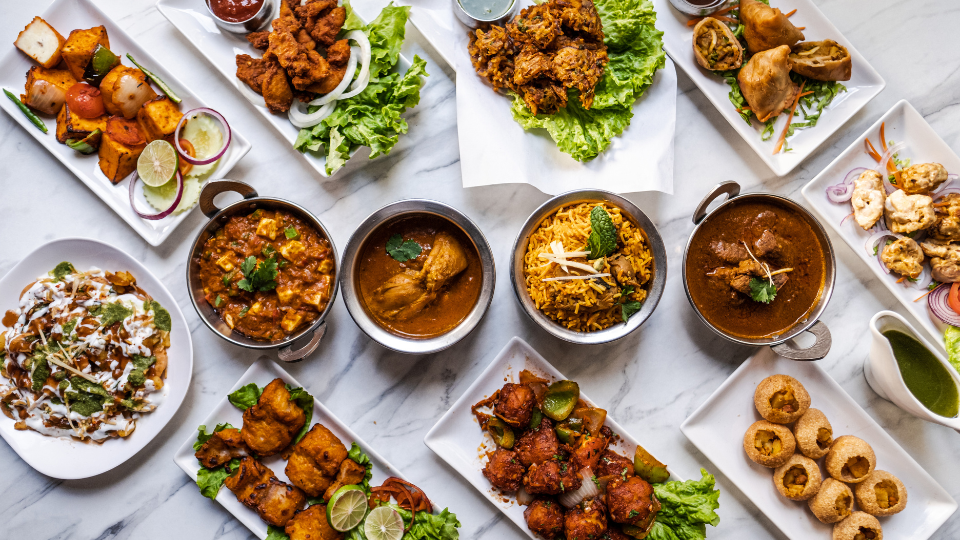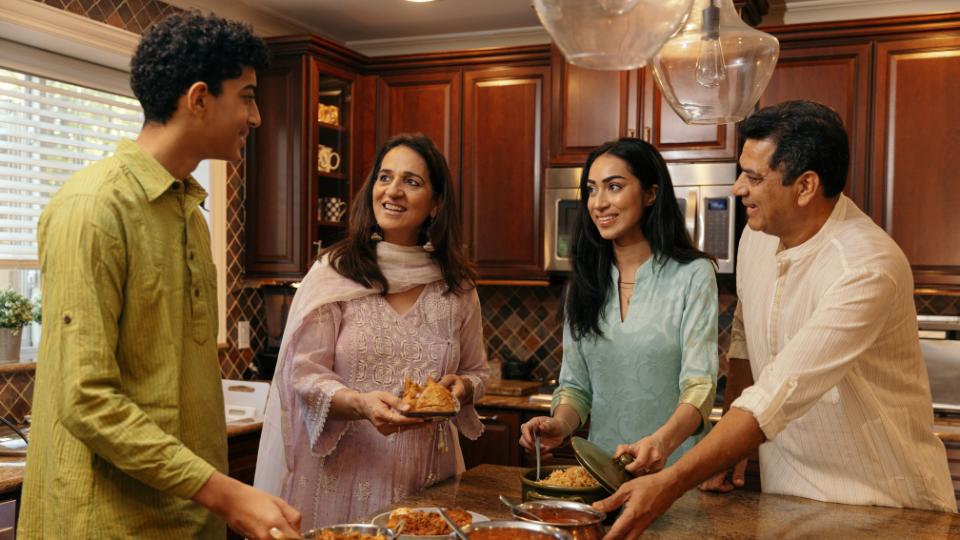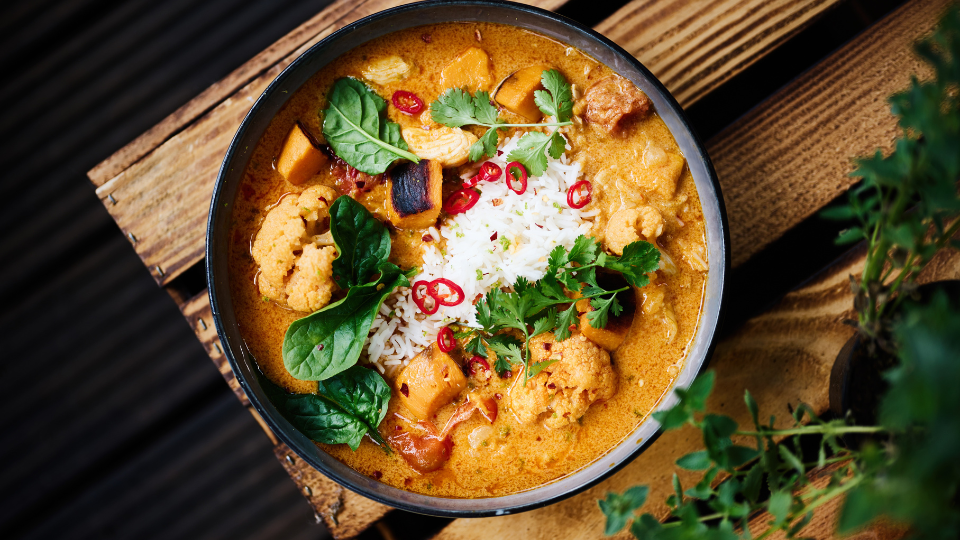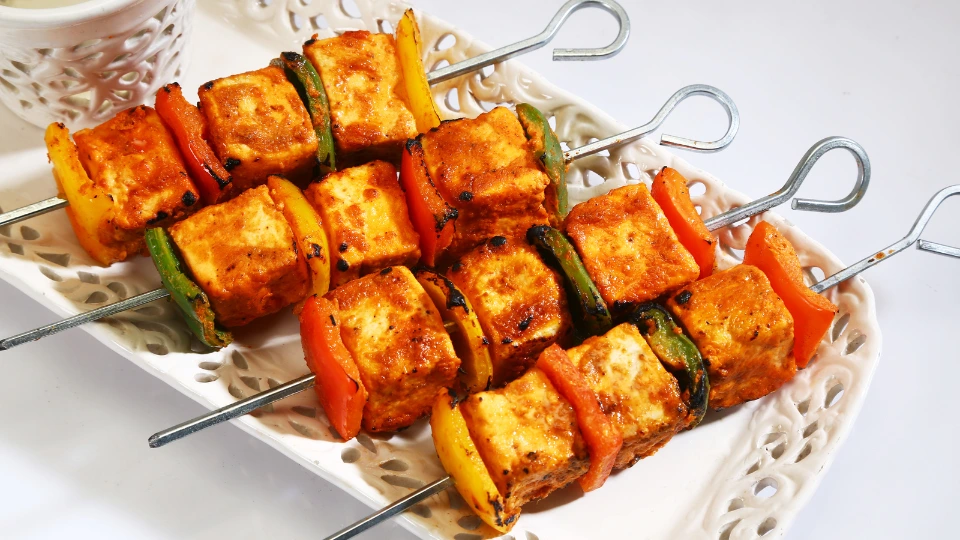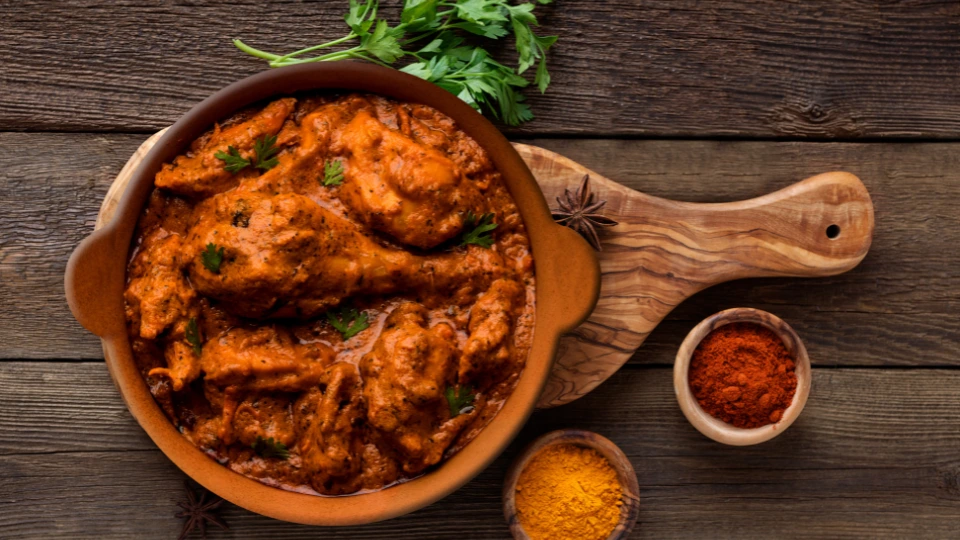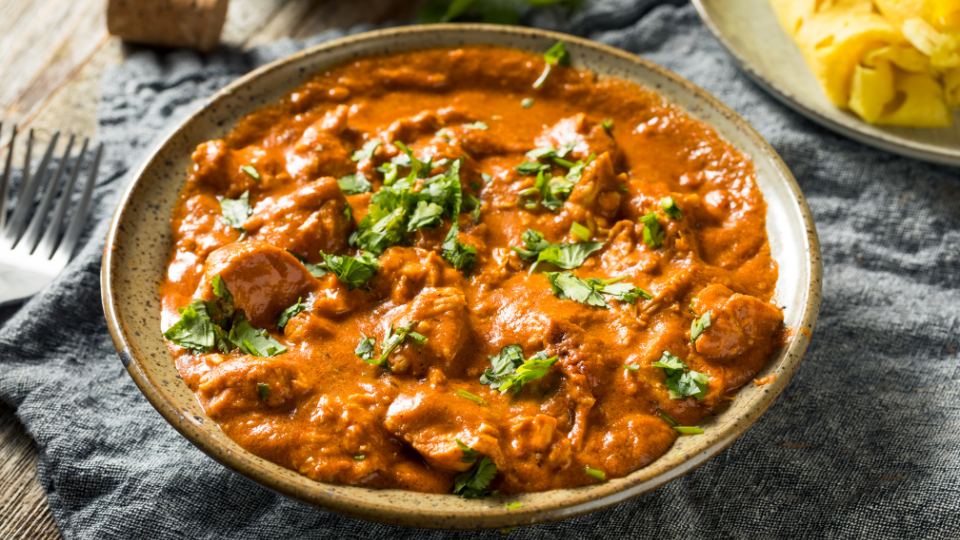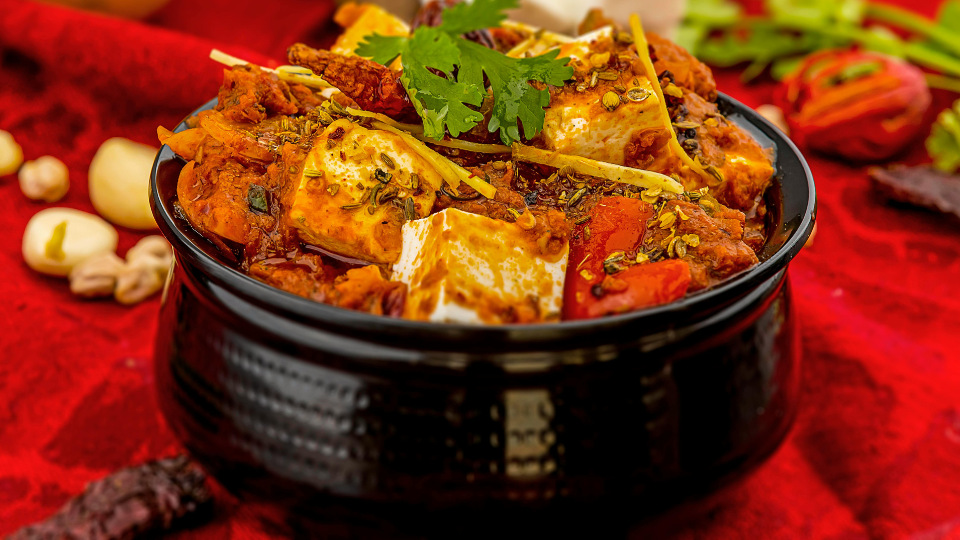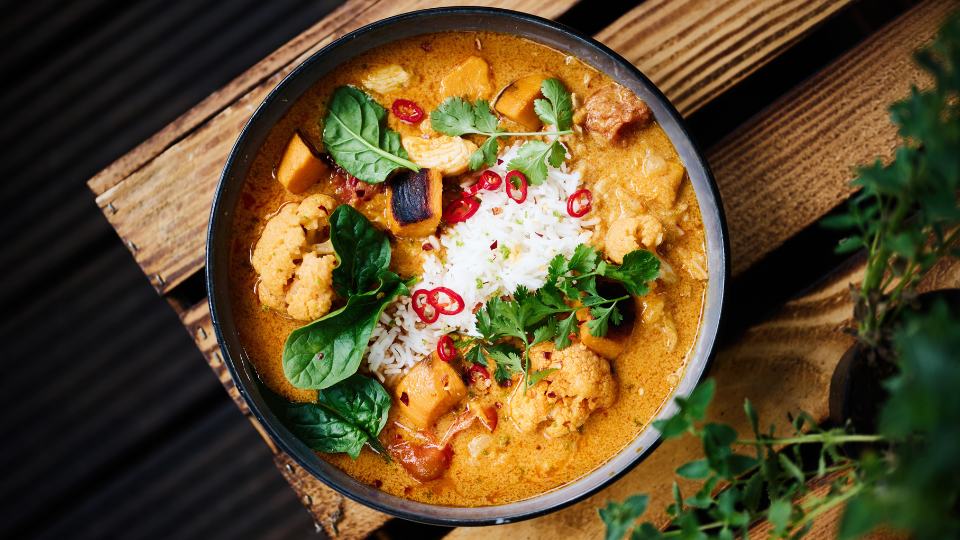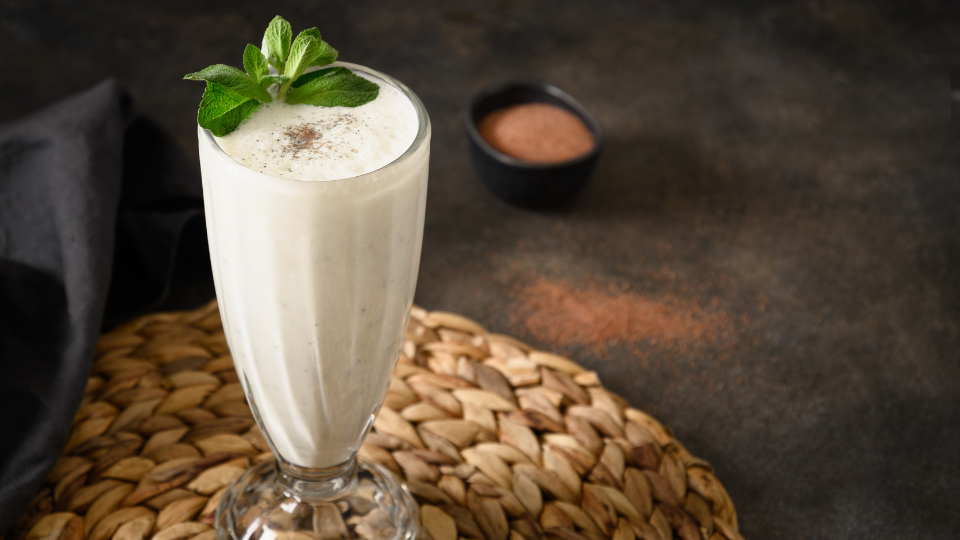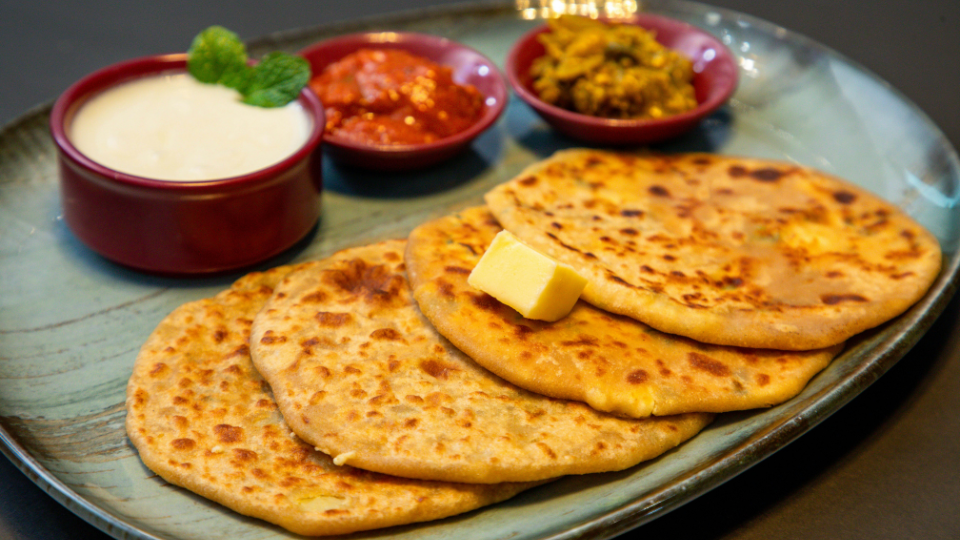Introduction
Dining is more than just enjoying delicious dishes—it’s an experience that connects culture, tradition, and people. When it comes to Punjabi food, the experience goes far beyond the plate. From the aroma of sizzling spices to the warm hospitality Punjabis are known for, dining in this tradition is both heartwarming and memorable. Yet, with all its richness comes a unique set of dining etiquettes that reflect respect, community, and cultural pride. For those unfamiliar, understanding these customs can make the experience far more authentic.
In this blog, we’ll walk you through the essential etiquette of enjoying Punjabi cuisine, from greetings at the table to traditional serving practices and communal dining values. By the end, you’ll not only know what to expect at a Punjabi table but also how to appreciate every detail of the culture behind it. If you’re ready to dive deeper into authentic dining, be sure to check out our menu of Punjabi specialties and make your next meal unforgettable.
Things to Know Before Experiencing Punjabi Dining
Punjabi dining is steeped in tradition, community, and a strong sense of respect for both food and company. Before you sit down at a Punjabi table, it’s helpful to understand the context behind these customs. Meals are not just about eating; they are a way of bonding with family, friends, and even strangers. Sharing is central to the culture, as is showing gratitude for the meal and the people who prepared it.
Equally important is the way food is served and consumed. From the use of hands for certain dishes to the idea of always offering food to others before yourself, etiquette plays a big role. Understanding these elements will not only help you enjoy your dining experience but also show respect for the traditions that make Punjabi food so unique.
Respect for Food and Hospitality
In Punjabi culture, food is considered a blessing, and wasting it is discouraged. Whether you’re savoring a simple roti or indulging in a rich curry, every bite should be appreciated. Hosts take pride in serving generously, often insisting that guests eat more than they intended.
Hospitality is deeply ingrained in Punjabi dining. A guest is treated like royalty, which is why many say eating Punjabi food feels like experiencing true warmth. This cultural foundation also explains why dishes like paneer butter masala are often prepared in large, hearty servings—meant to be shared and enjoyed together.
The Importance of Sharing
Meals are meant to be shared. At a Punjabi table, you’ll notice dishes placed at the center, encouraging everyone to serve themselves and others. This style reflects the spirit of togetherness and ensures everyone gets a taste of every dish.
It’s common to offer food to others before taking it yourself. This small act shows respect and thoughtfulness, making the dining experience communal rather than individual. In fact, many consider this act one of the purest ways to demonstrate Punjabi hospitality.
Eating with Hands
While cutlery is used, many traditional dishes—like parathas, rotis, or rice with curry—are best enjoyed with hands. Eating with your hands is not just practical; it’s believed to enhance the flavor and connection with the food.
Of course, cleanliness is a must. Always wash your hands before and after meals. And when eating, use only your right hand, as the left is considered unclean in traditional contexts. To understand this better, you can explore our blog on paratha vs roti, which highlights the cultural significance of bread in Punjabi meals.
Gratitude and Blessings
Before starting a meal, it’s common to express gratitude for the food, often with a simple prayer or thought. This habit underscores the importance of respecting the efforts behind preparing a meal and acknowledging the blessings it provides.
After finishing, showing appreciation to the cook or host is also customary. A heartfelt compliment or even asking for seconds is a sign that you truly enjoyed the food, which brings joy to the host.
The Role of Community in Dining
Community is at the heart of Punjabi dining, and this is especially evident in places like gurdwaras, where langar (community meals) is served to everyone, regardless of status or background. This act of communal dining breaks barriers and unites people through food.
At home or in restaurants, the same spirit continues. Large gatherings often feature an array of dishes, from butter chicken to biryani, symbolizing abundance and generosity. If you’re curious about how spices play a role in this communal experience, check out our guide to exploring the rich spices of Punjabi food.
Key Etiquettes in Punjabi Food Dining
Greeting Before Dining
Before diving into a meal, it’s polite to greet everyone at the table. Whether it’s a simple “Sat Sri Akal” or a warm hello, acknowledging others creates a welcoming atmosphere. These greetings are as important as the food itself, symbolizing unity before sharing a meal.
In restaurants, greeting your hosts and servers respectfully also enhances your dining experience. Many Punjabi restaurants pride themselves on extending the same warmth found in traditional homes. For example, our team at Maharaja Riyasat makes it a priority to welcome every guest with royal hospitality.
Accepting Food Graciously
When food is offered, it’s customary to accept graciously, even if it’s just a small portion. Refusing outright may be seen as impolite, especially when the host insists. If you’re full, you can still accept a little to honor their effort.
This etiquette reflects mutual respect and ensures that no one feels their cooking or hospitality is undervalued. It’s part of the reason Punjabi meals always feel so abundant and welcoming.
Eating at the Right Pace
Eating too quickly may be perceived as dismissive, while eating too slowly may delay others. A balanced pace that allows you to enjoy the flavors while keeping up with others is ideal.
It’s also respectful to wait until everyone is served before beginning. This act shows patience and acknowledges that dining is a shared experience rather than an individual one.
Complimenting the Host or Chef
Compliments are not only appreciated—they’re expected! A simple “This curry is delicious” or “The paratha is perfectly cooked” goes a long way in Punjabi dining culture. Complimenting dishes like butter chicken vs chicken tikka masala sparks conversations and shows that you value the effort behind the food.
Compliments often lead to stories about the recipe or cooking techniques, deepening your connection with both the food and the host.
Knowing When to Stop
While Punjabis are generous hosts, knowing your limit is also important. It’s polite to say “bas” (enough) when you’ve had your fill. Hosts will often continue offering, so a polite but firm response ensures you respect their hospitality without overindulging.
This small gesture prevents food waste and shows mindfulness, which is equally valued in Punjabi dining traditions.
Etiquette During Festivals and Celebrations
Special Foods at Festivals
Punjabi festivals such as Lohri, Vaisakhi, and Diwali bring additional layers of dining etiquette. During these occasions, meals are often more elaborate, featuring seasonal dishes like sarson da saag and makki di roti, alongside festive sweets such as gajak and laddoos.
Part of the etiquette here is to accept these seasonal delicacies with appreciation, as they often represent the harvest and blessings of the season. Declining them might unintentionally show disregard for tradition, so it’s always polite to try at least a small serving.
Celebration as a Community Experience
Celebrations emphasize community dining even more. During Vaisakhi, for example, people often host gatherings where food is served buffet-style, yet the same principles of sharing and respect apply. Everyone, from the youngest to the eldest, is encouraged to enjoy the meal together.
Restaurants like ours at Maharaja Riyasat also reflect this festive dining spirit by offering curated menus during cultural celebrations. If you’re curious about what dishes are essential in such moments, explore our blog on must-try authentic Punjabi dishes.
Why Choose Maharaja Riyasat for Authentic Punjabi Dining
At Maharaja Riyasat, we don’t just serve food—we deliver an authentic Punjabi dining experience rooted in tradition and hospitality. Every dish, from the fragrant biryanis to the rich paneer curries, is crafted with care to reflect the cultural heritage of Punjab.
Our team takes pride in offering a royal experience where guests feel welcomed, respected, and cherished. Whether you’re joining us for a casual dinner or a grand celebration, our focus remains on creating memories around food. With our wide selection of dishes and dedication to authenticity, Maharaja Riyasat is your go-to destination for Punjabi cuisine in Canada.
We also understand that dining is not just about food but about the complete experience—ambiance, service, and cultural connection. Our interiors reflect the elegance of royal Punjab, while our staff ensures every guest is treated with genuine warmth. To make your evening seamless, you can easily reserve your table online and look forward to an unforgettable experience.
For those new to Punjabi cuisine, our chefs are happy to guide you through the flavors, recommending popular dishes or helping you discover hidden gems. To get started, learn more about our story on the About Us page or explore our extensive Mississauga location menu.
Conclusion
Punjabi food dining etiquette is about much more than following rules—it’s about embracing the values of respect, sharing, and gratitude that define Punjabi culture. From greeting your fellow diners to showing appreciation for every dish, these practices turn a simple meal into a meaningful experience.
By understanding these customs, you not only enjoy the flavors more deeply but also honor the traditions that make Punjabi dining so special. So the next time you sit down for a Punjabi feast, remember to greet warmly, share generously, and thank wholeheartedly.
If you’re craving the true taste of Punjab, explore our Punjabi food culture blog and then visit us in person for a meal that blends tradition with modern hospitality. And when you’re ready to immerse yourself in the real experience, reserve your table at Maharaja Riyasat for a royal dining experience.
